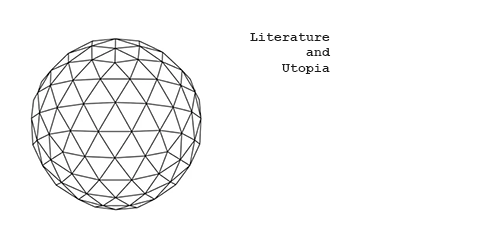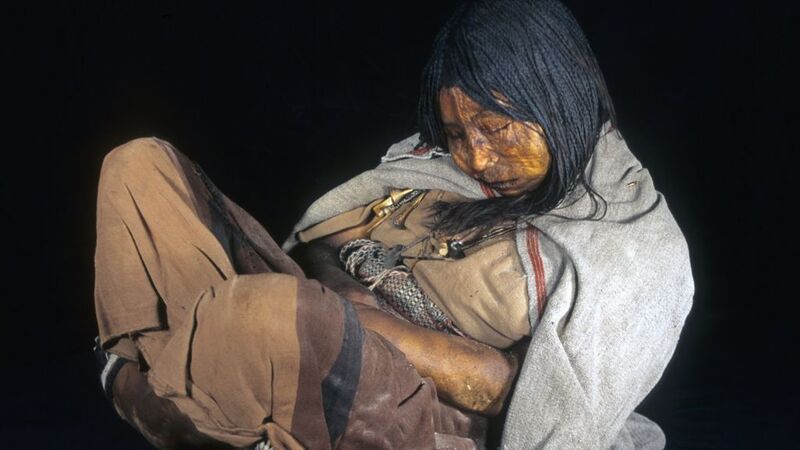Inca Mummification: Child Sacrifice
Mummification was the only way in which the Inca buried the dead. The dead were stored with various precious materials including jewelry, pottery, and textiles. The prominent dead would sometimes be removed from their tombs, these were called “mallki,” where they would participate posthumously in ceremonies and then be offered food as if they were a live and participating member. Due to the dry region they were buried of the Andes Mountains, they are often well-preserved. The Inca’s practice of mummification is an ancient technique that demonstrates their deep respect to not only the “ayllu,” or older generations of their communities, but close ties with their communities in general. Mummies were treated with deep respect since they were seen as the connection between the living and the gods. The process of mummification and the placement of these bodies was also a unique and intricate task. The bodies went through a process of mummification through desiccation, which is a form of freeze-drying, or were treated with an alcohol made from a beer made of maize. They were then placed in the fetal position and wrapped in fabrics such as textiles, which were then secured with ties. Their tombs were located in caves or other rooms dedicated to the dead in Inca communities. Royal mummies were wrapped in finer textiles, and were buried in special chambers called “mallquis.” Their bodies were also treated differently than more common mummies, and instead of being positioned in the fetal position, royal mummies were set in life-like positions. Similar to other mummies, royal mummies could also be brought out for ceremonies as well.
Sacrifice was another ritual that was practiced by the Inca, and pictured above is a thirteen-year-old Inca child sacrifice that was found on top of a volcano in extremely cold temperatures that mummified and preserved the body. It is believed she lived in a peasant village and was then chosen and prepared for sacrifice, which was thought to be an honor. Scientists analyzing the strands of her hair were able to tell she was given large doses of alcohol brewed from maize, as well as coca leaves that kept her in a sedated state prior to her death, and was then placed in a shrine to be left to die. She is thought to have died from the elements, and no other physical trauma.

